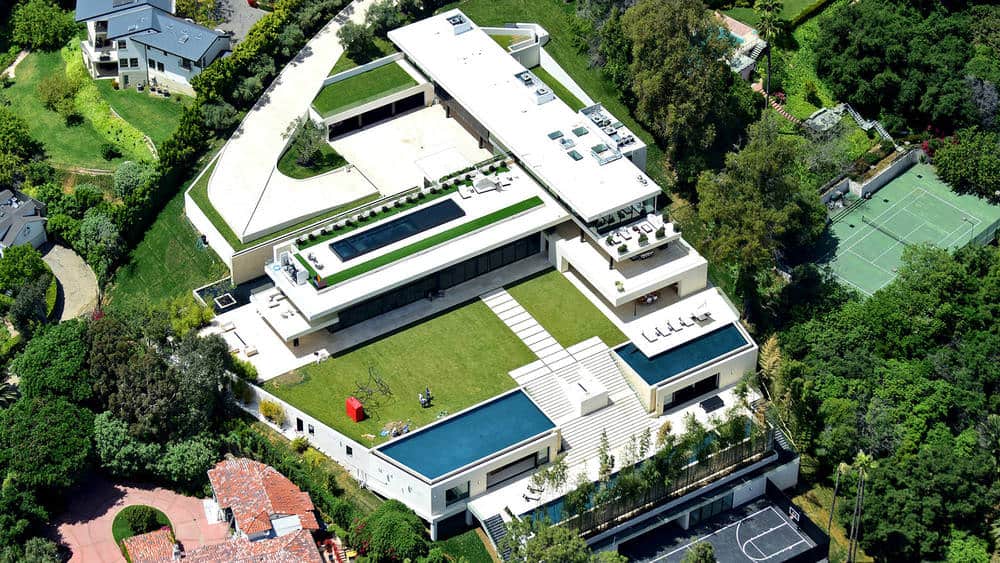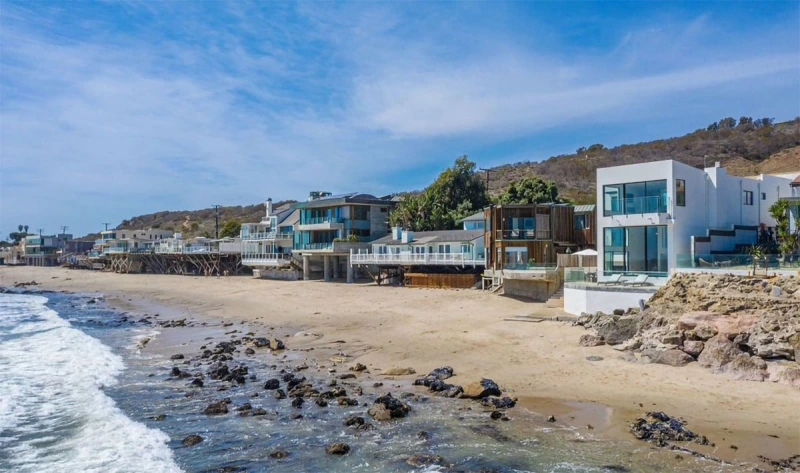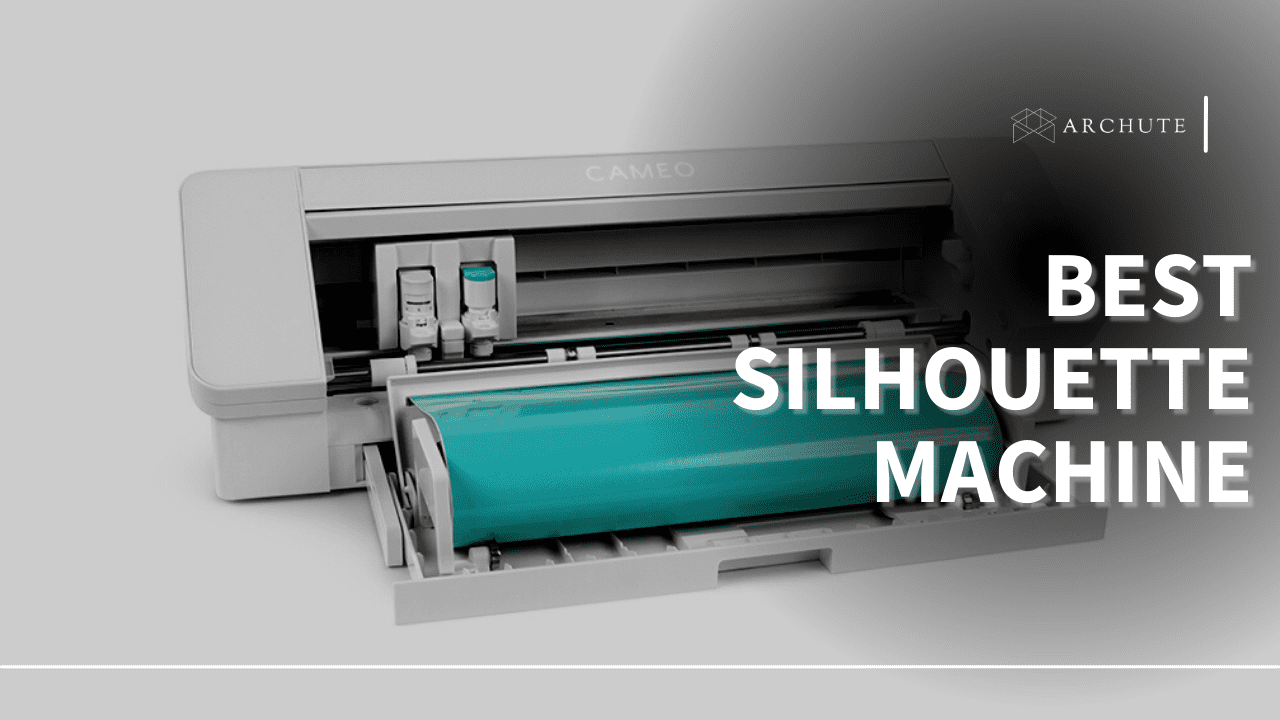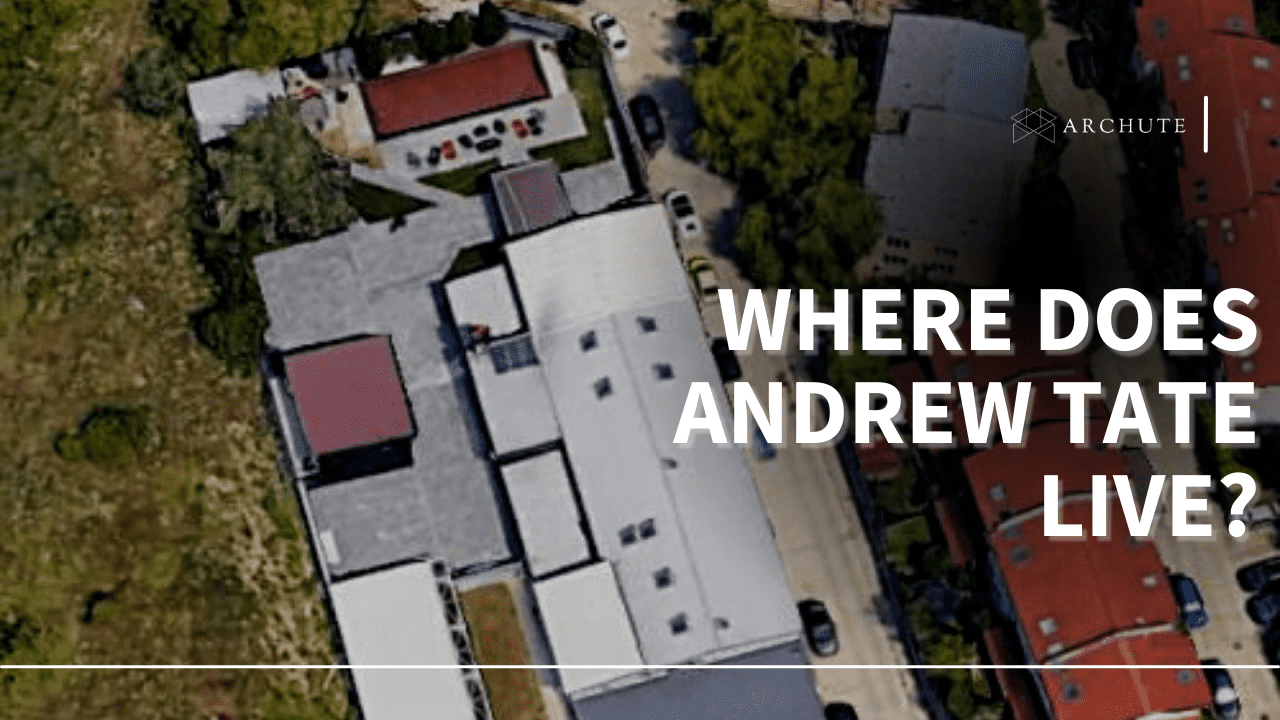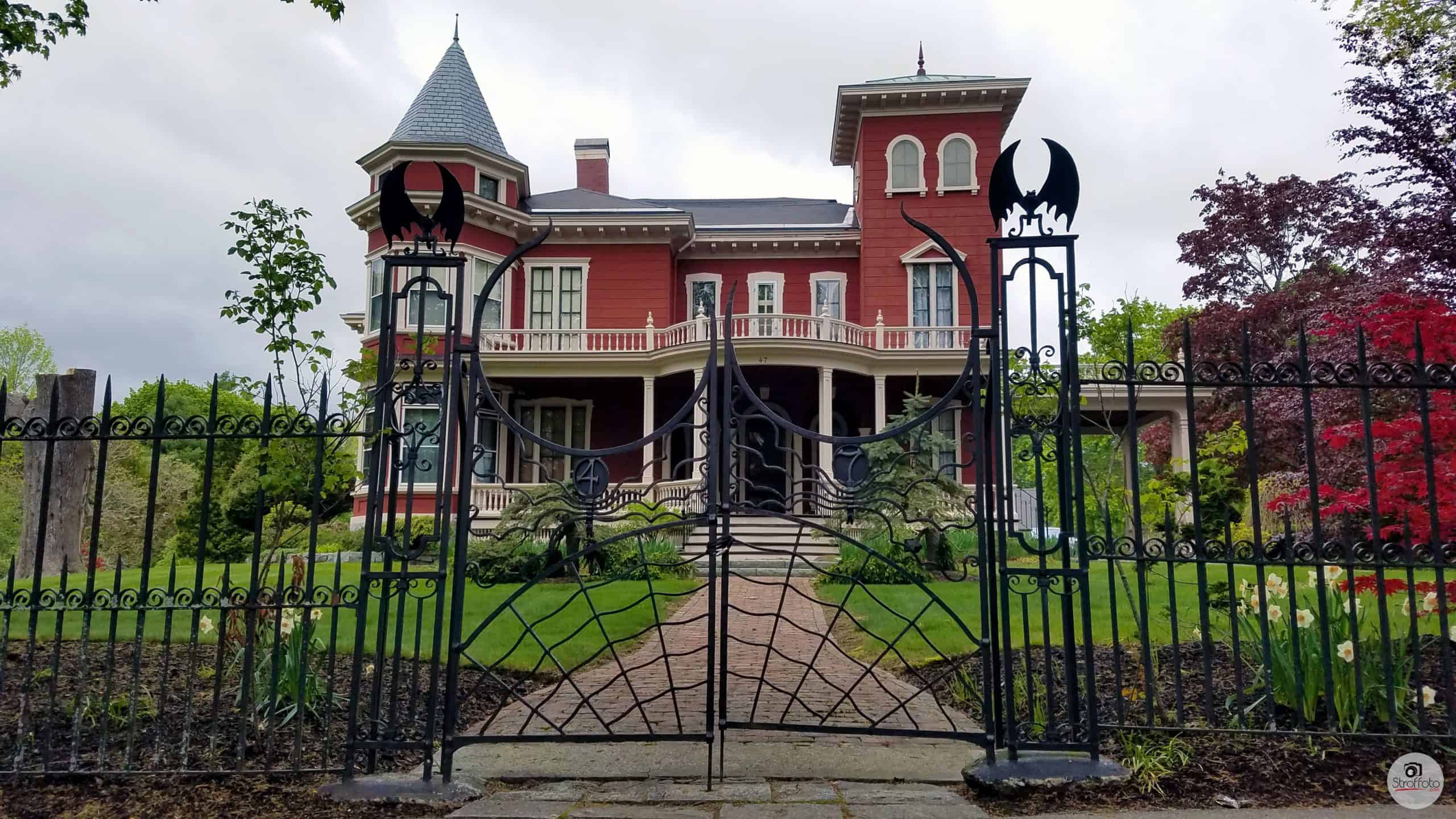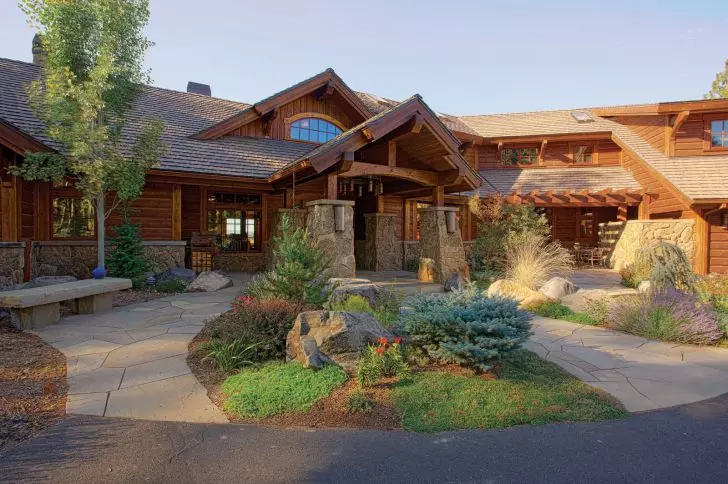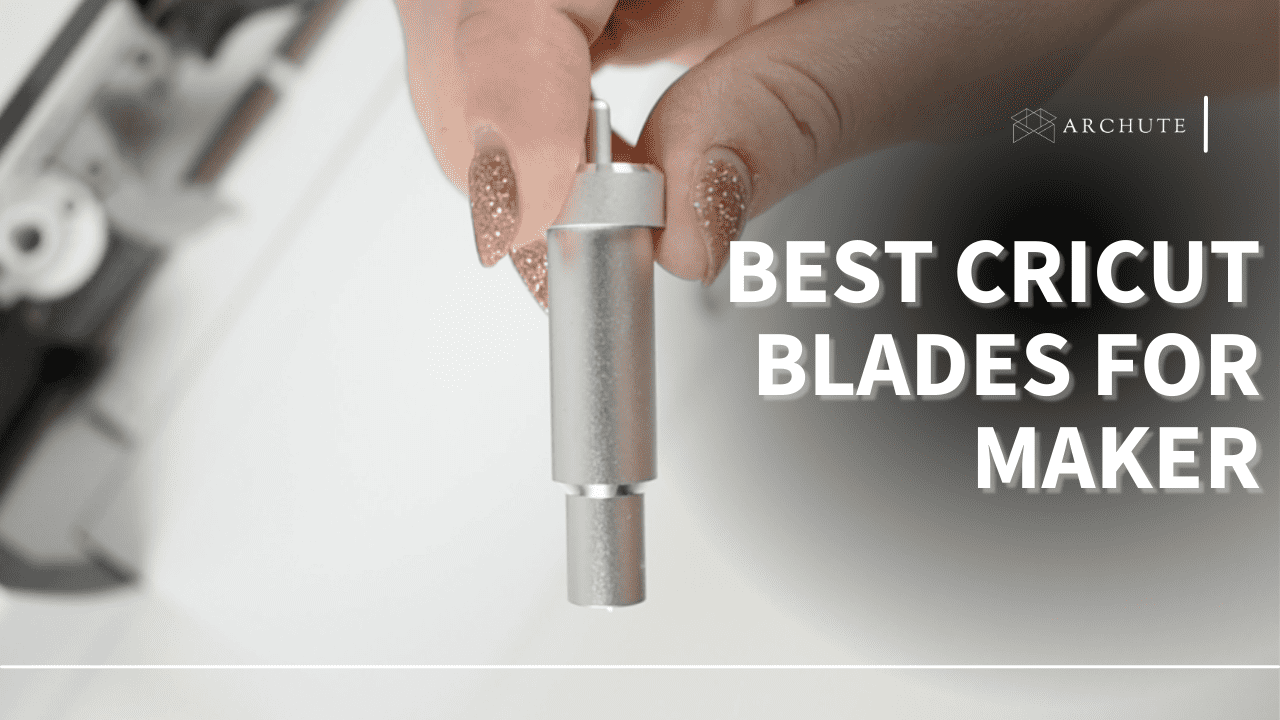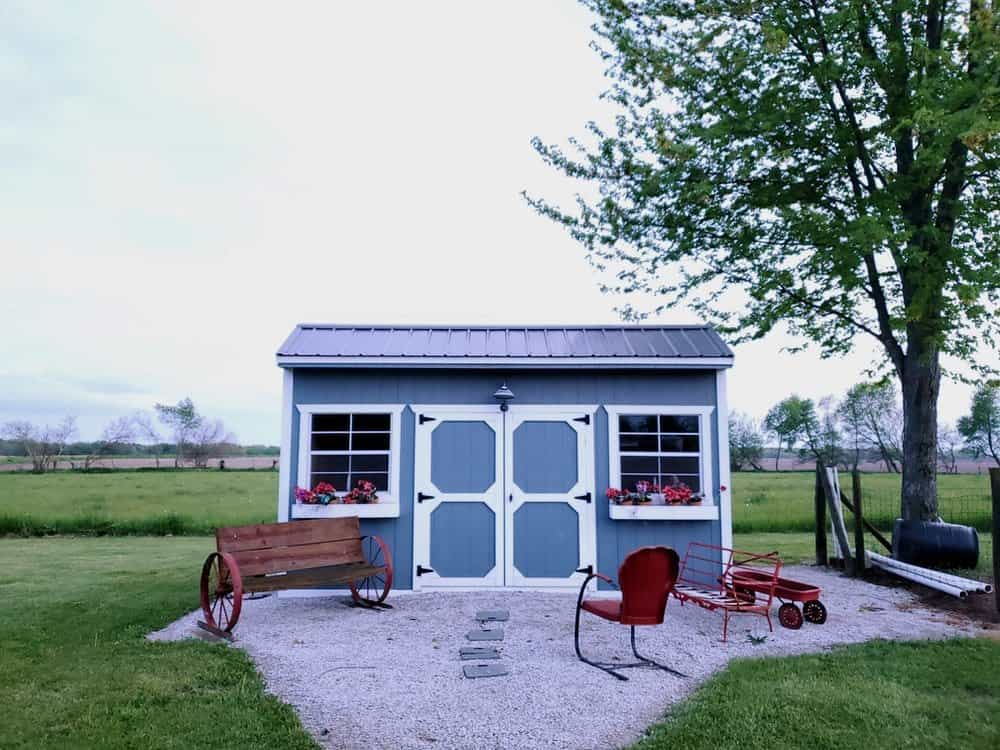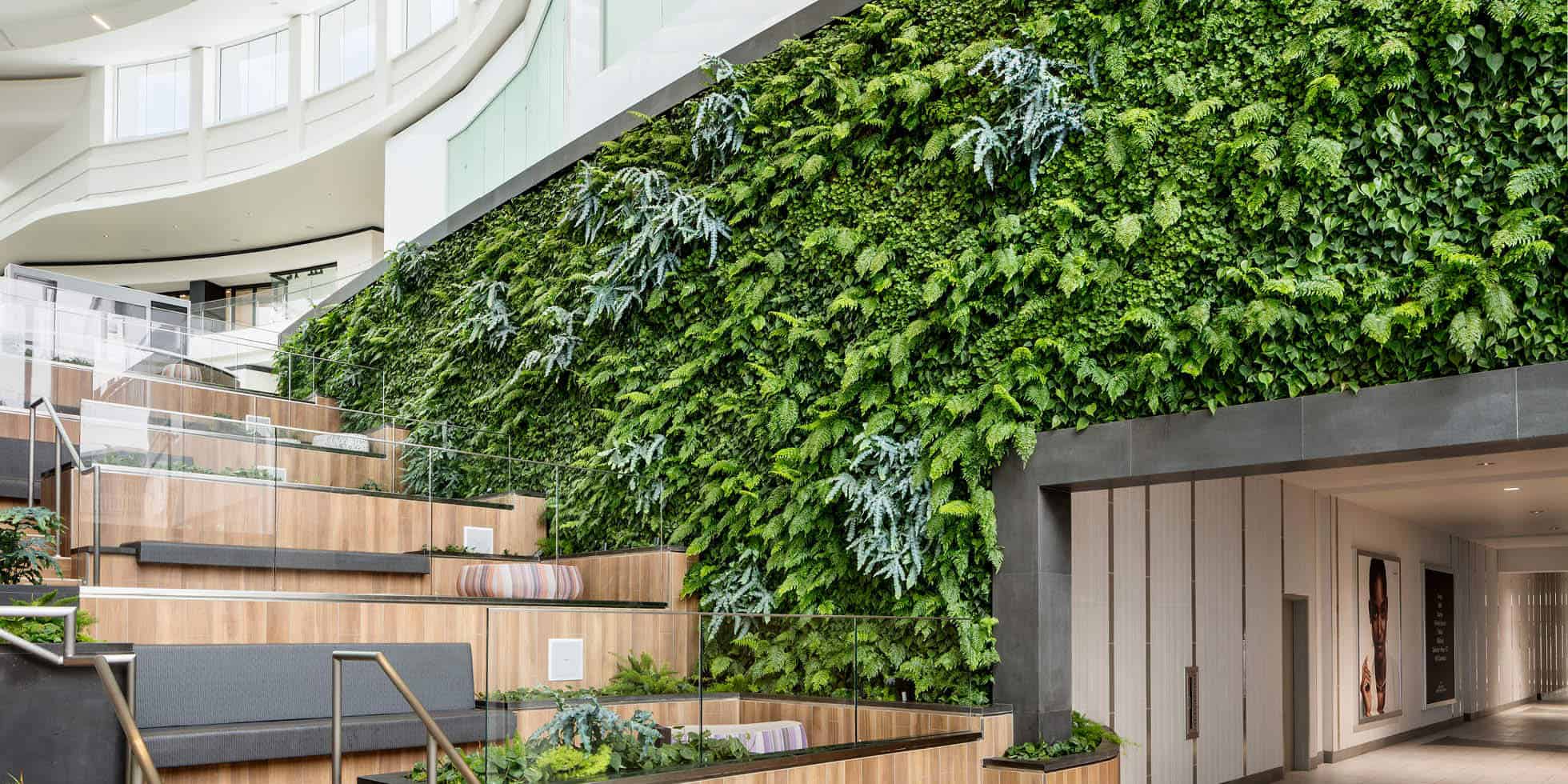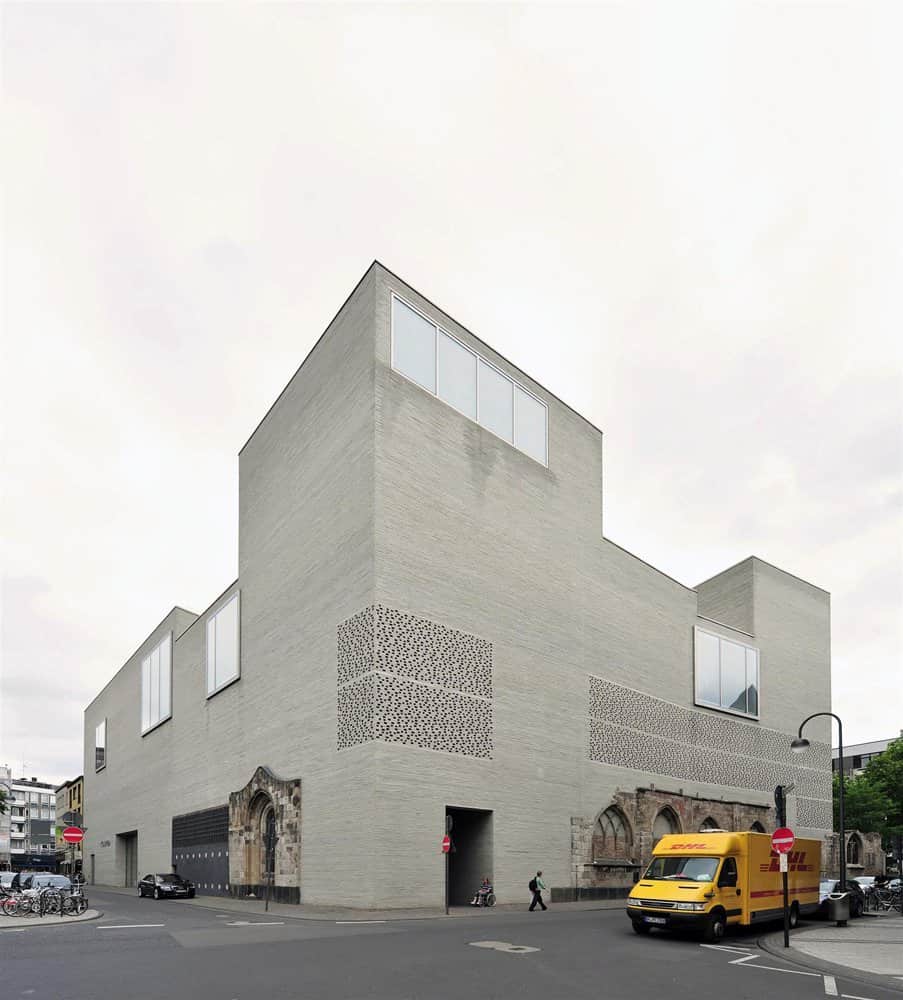Nadir Afonso, an artist of Portuguese descent, was famously known for his geometric-based aesthetics in his paintings and art pieces. Most of them are now displayed in great museums around the world and managed by the Nadir Afonso Foundation owing to his death in 2013 aged 93 years old. To house his art pieces, the foundation commissioned Álvaro Siza to design a museum, the Nadir Afonso Contemporary Art Museum, which will house Nadir’s most important art collections.
Looking at this piece of architecture, a seamless merge of two architectural languages emerge, Le Corbusier’s and Oscar Niemeyer’s. Nadir Afonso worked with these great architects as an architect himself before majoring in art and he grew fond of their design languages depicting rectilinear and timeless architecture. In designing this space, Álvaro Siza demonstrates both facets, while encompassing the belief by Afonso that art is an act of perception, observation, and form manipulation as much as it is an act of imagination.
Most evident, however, is the geometric manipulation of this project, a true depiction of Afonso’s sharp angles in his paintings that were characterized by some mathematical rigorousness and a sense of brutality.
The museum is located in Chaves, Portugal, with a brief that includes an auditorium, exhibition halls, library, archive, workshop, café and shop. At a cost of £8.5 million, 85% of it privately funded, what stands on the right bank of River Tamega is Álvaro Siza’s portrayal of Nadir Afonso’s mathematical exactitude.
Due to its closeness to the river, the architect was faced with the problem of possible flooding in the future. Siza’s solution was to raise the museum using a series of perpendicular structural blades.
The project is very linear, running parallel to a river and featuring white concrete sprawling 2,700 square metres. The stairs and balconies are finished in white granite and marble slabs. Utility spaces are clad in a material known as Zincalum, made from steel plates coated in aluminium-zinc.
The perpendicular concrete fins used to raise the building have triangular and rectangular cut-outs allowing visitors to use the area as covered walkways or breakout spaces.
To get to the entrance of the museum is a ramped walkway. A continuous skylight gets natural light into the primary exhibition space. The secondary exhibition spaces is open towards the river. In designing the project, Álvaro Siza divided the interior spaces into three sections. At the centre, exhibition spaces featuring a permanent exhibition room, an archive and temporary exhibition rooms.
On one flank is the lobby, reception, public elevator, library, a 100-seater auditorium, dressing rooms, bookstore and cafeteria on the upper west side of the building. The other flank on the north eastern top of the building features a central control and security area, as well as reception staircases also accessing the archives, bathrooms, staff rooms, administration and visual arts workshops.
Eduardo Sourto de Moura, a fellow Pritzker Prize winner, has spoken highly of his counterpart, Álvaro Siza, in relation to this museum. “I do not know if it’s the best building, but it is one of the ones I like the most,” he said. For a project that is intended to commemorate one of the best Portuguese artists, Siza’s attempt to push for clean walls while achieving tight angles of geometry is commemorative of an artist who put Portugal on the map with his 70-year stint as a painter.
Project Information
Architects: Álvaro Siza Vieira
Location: Chaves, Portugal
Project Area: 2768.0 sqm
Year: 2015
Photography: Fernando Guerra | FG+SG



